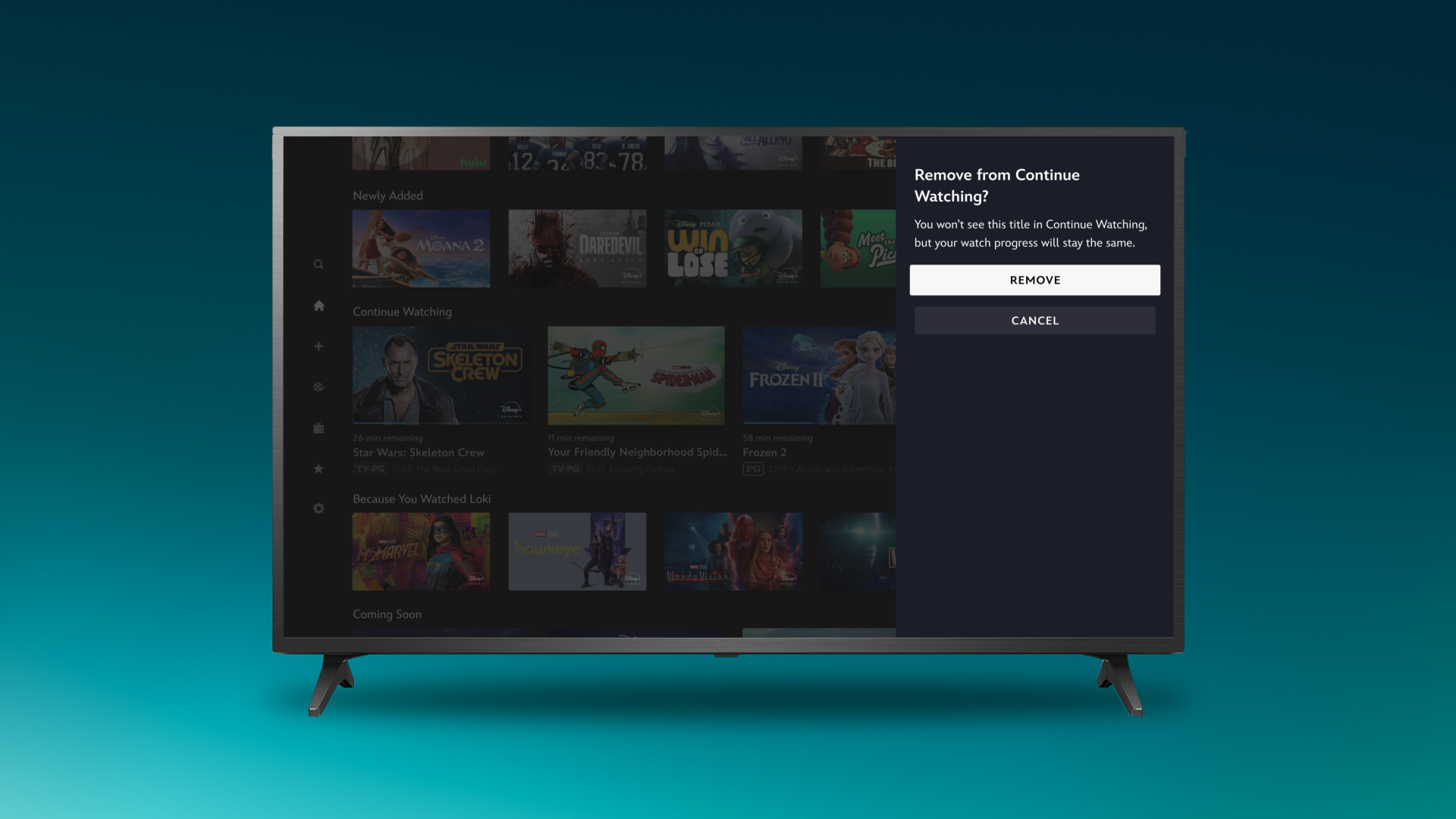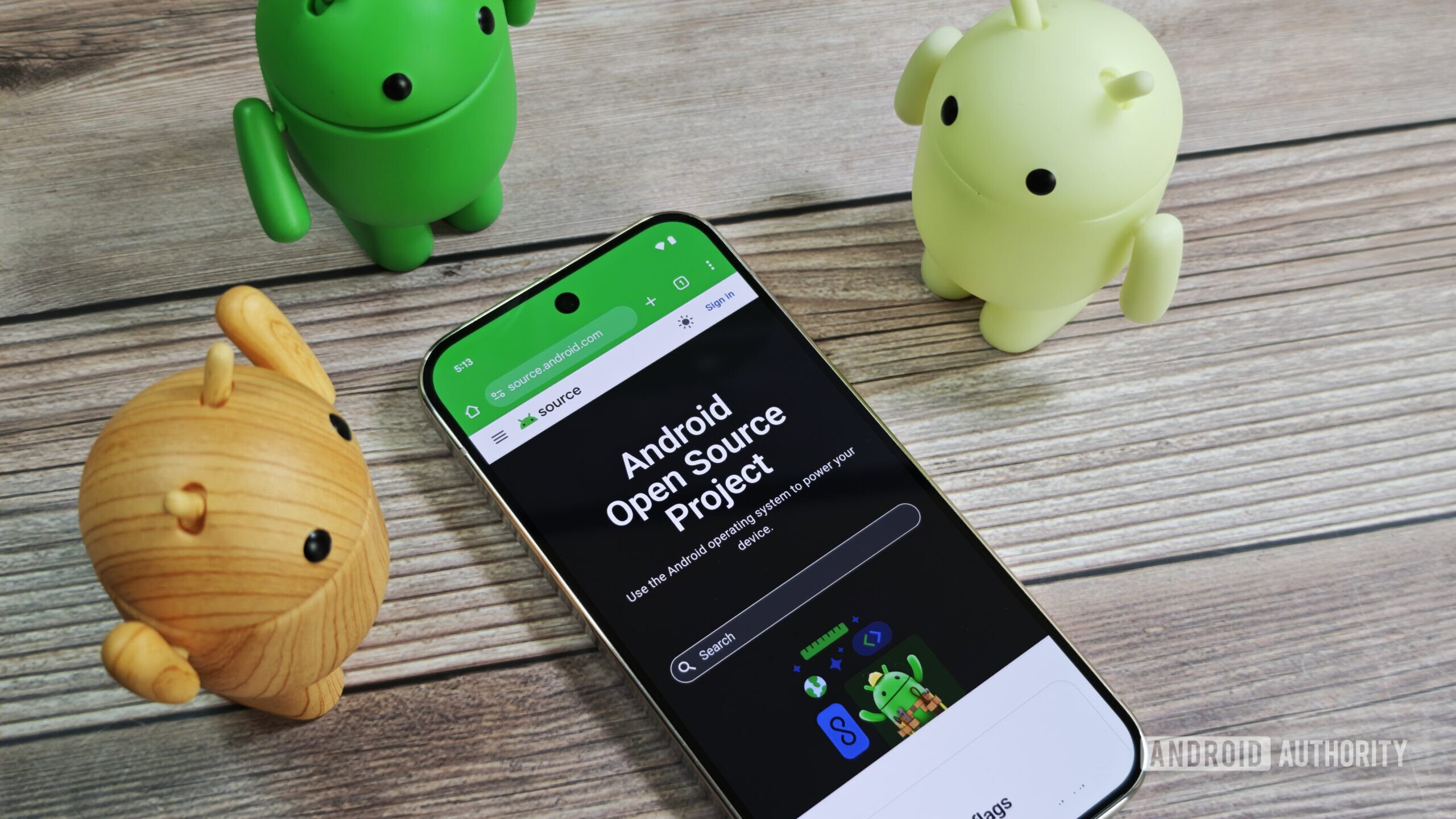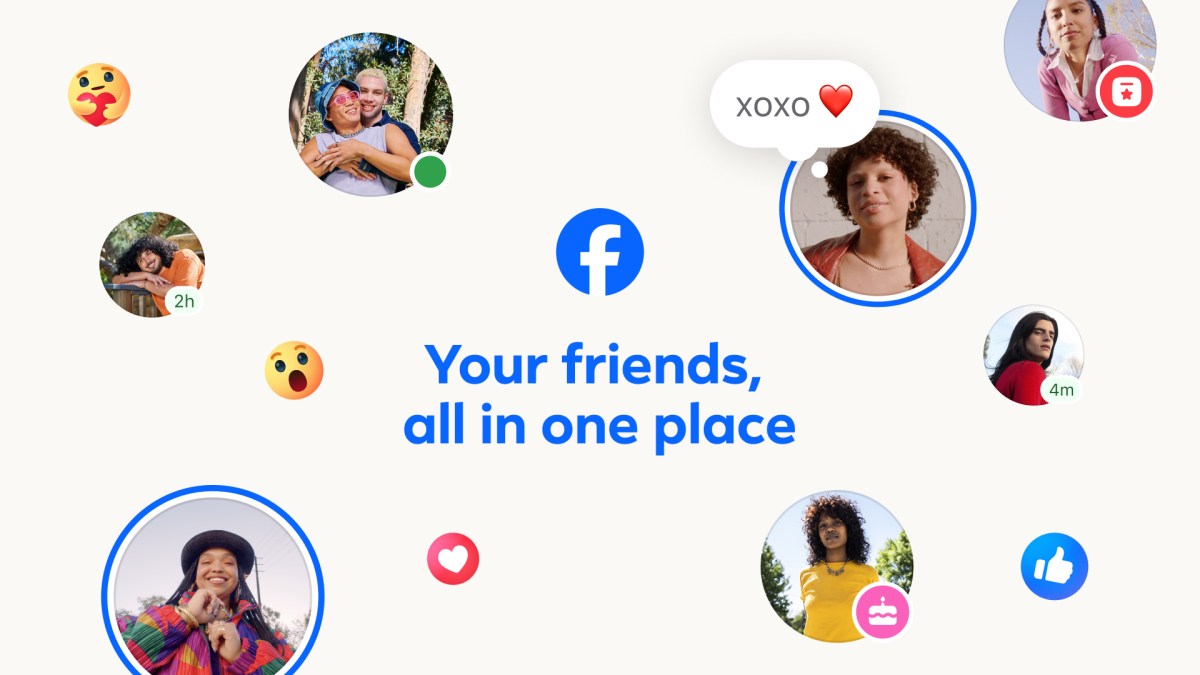- Product & Design Pulse
- Posts
- Product & Design Pulse v33
Product & Design Pulse v33
Napster's Return and YouTube TV's Power
Welcome to this week’s edition of Product & Design Pulse, where we explore the latest in tech, product, design, and innovation! We look at the evolution of Windows UI, revisiting how RISC architecture (as foreshadowed by the 90s film Hackers) is reshaping computing, and examining YouTube TV’s multiview strategy as a case study in how monopolies buy innovation. Satya Nadella signals Microsoft’s AI benchmark is now DeepSeek, while Meta faces scrutiny over how it acquires unpublished books to train its AI. We also dive into Napster’s revival in the metaverse, explore Anthropic’s research into LLM decision-making, and listen in on The Vergecast’s take on OpenAI’s chaotic rollout of image generation. Plus major product updates from Google, Meta, OpenAI, and Discord, the shift to UI3 on Figma, and more!
Last week…
A Glimpse into the History of Windows Design
This article provides an in-depth exploration of the evolution of Windows design, tracing its transformation from the early graphical interfaces to the modern Fluent Design System. It highlights key milestones, design philosophies, and the technological advancements that have shaped the user experience over the decades. The piece offers valuable insights into how user feedback and emerging trends have continually influenced Windows’ aesthetic and functional development.
Angelina Jolie Was Right About RISC Architecture
In the 1995 film “Hackers,” Angelina Jolie’s character highlighted the significance of RISC (Reduced Instruction Set Computer) architecture, a prediction that has proven prescient. RISC simplifies computing operations, enhancing efficiency and speed, and has become foundational in modern technology, influencing devices from laptops to AI systems. The emergence of RISC-V, an open standard developed at UC Berkeley, challenges proprietary systems like Arm and Intel, signaling a shift towards more accessible and innovative computing architectures.
YouTube TV, Wiz, and Why Monopolies Buy Innovation
This analysis delves into YouTube TV’s strategic implementation of multiview features during events like March Madness, showcasing its competitive edge over traditional cable services. It discusses the broader implications of monopolistic companies acquiring innovative technologies to maintain market dominance and enhance user experience. The article underscores the importance of continuous innovation and strategic acquisitions in sustaining a competitive advantage in the rapidly evolving media landscape.
Satya Nadella: DeepSeek is the New Bar for Microsoft’s AI Success
Microsoft CEO Satya Nadella has highlighted the deployment of the AI model DeepSeek’s R1 as a new benchmark for the company’s AI initiatives. In a recent town hall, Nadella discussed the $80 billion investment in AI, emphasizing the model’s efficiency and the integration of AI-first features across Microsoft’s applications. The commitment underscores Microsoft’s focus on rapid innovation, internal collaboration, and achieving sustainability goals despite the challenges posed by generative AI.
How is Meta Getting Its Hands on Advance Digital Galleys to Train Its AI?
This article investigates how Meta accessed advance digital copies of books to train its AI models, raising significant ethical and legal questions. Authors express frustration over their unpublished works being used without consent, highlighting the broader issue of intellectual property rights in the age of AI. The piece calls for greater transparency and regulation regarding the data sources utilized for training artificial intelligence systems.
Napster Acquired for $207 Million, Plans Include Metaverse Marketing Push
Napster, the pioneering music-sharing platform, has been acquired by 3D technology company Infinite Reality for $207 million. The new owners plan to leverage the Napster brand to create virtual 3D spaces for concerts, listening parties, and merchandise sales within the metaverse. This strategic move aims to enhance artist-fan interactions and generate new revenue streams in the evolving digital landscape.
Tracing the Thoughts of a Large Language Model
Researchers at Anthropic have developed methods to analyze the internal processes of their language model, Claude, providing insights into its decision-making strategies. The study reveals that Claude can plan responses by anticipating future words and, in some cases, generate plausible-sounding but incorrect explanations. These findings contribute to a better understanding of AI behavior, aiding in the development of more reliable and transparent language models.
🗓️ Upcoming Events
📱 Product & Feature Highlights
it's super fun seeing people love images in chatgpt.
but our GPUs are melting.
we are going to temporarily introduce some rate limits while we work on making it more efficient. hopefully won't be long!
chatgpt free tier will get 3 generations per day soon.
— Sam Altman (@sama)
4:32 PM • Mar 27, 2025



_Blog_Banner_Static_Final_1800x720.png)








